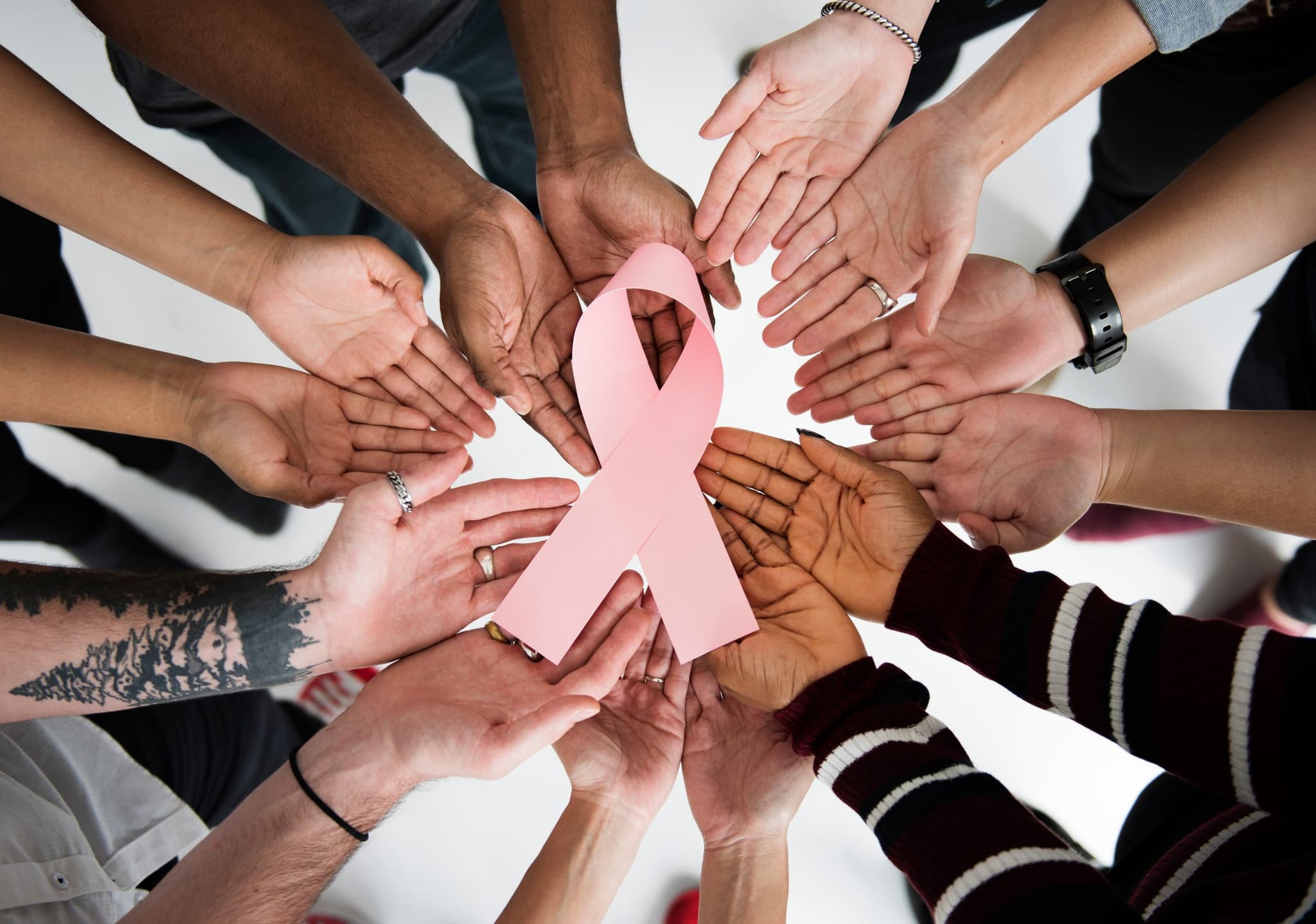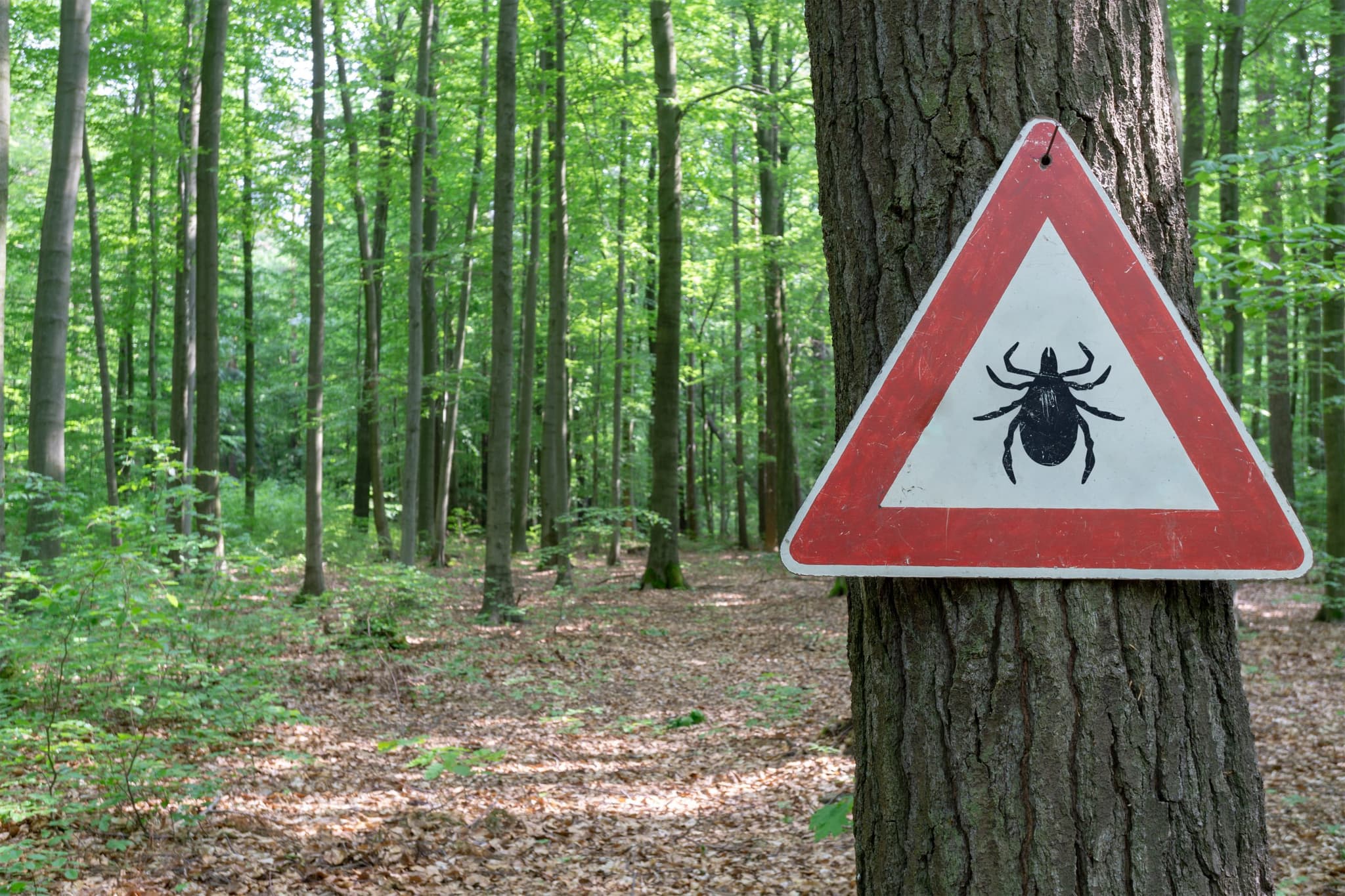
2025-11-21T14:10:25
How to Prevent Gestational Diabetes
- Family Medicine
- Internal Medicine
- OB/GYN
January 1, 2019 | Family Medicine

Approximately 90 percent of women experience vaginal tearing, or perineal tearing, during childbirth. Perineal tearing occurs when the area between the vagina and the anus (the perineum) tears as a result of a natural delivery. Some tears heal on their own while more severe wounds may require stitches. Typically, tears heal within seven to 10 days with appropriate care and treatment, though the pain can persist for much longer for some.
There are five degrees of perineal tearing, four of which occur naturally and one that is purposeful. Below are the following five degrees of tearing:
Many doctors offer episiotomies to help prevent more severe tears, but the truth is that these procedures often increase a person’s risk of serious lacerations. Unfortunately, if you present risk factors for tearing, there isn’t much you can do to prevent it. That said, you can make recovery easier on yourself.
There are measures you can take, and activities and products you can avoid, to help make your recovery as comfortable as possible.
If you adhere to the advice above, the wound itself will heal in a few short weeks. However, depending on the severity of your tear, you may experience discomfort or pain for several months. While ongoing pain and discomfort are normal, certain signs indicate a more serious problem. If you notice symptoms of infection, intense pain while urinating, frequent urination, trouble controlling your bowel movements, extreme loss of blood, or intense pain in your lower abdomen, perineum, or vagina, contact your doctor right away.
Vaginal tears are a normal part of childbirth, but that doesn’t make them any easier to deal with. Talk to your doctor about what to expect and the outlook for this common labor and delivery complication.
“Taking Care of Vaginal Tears After Delivery.” Healthline.
https://www.healthline.com/health/pregnancy/treatment-vaginal-cervical-lacerations#complications
“Healing after a perineal tear.” HealthInfo.
https://www.healthinfo.org.nz/patientinfo/77538.pdf toms-causes/syc-20378017
WRITTEN BY:
The Live Better Team

2025-11-21T14:10:25

2025-11-03T11:32:24

2025-10-21T11:51:52

2025-08-20T16:07:59
This information is not intended to replace the advice of a medical professional. You should always consult your doctor before making decisions about your health.